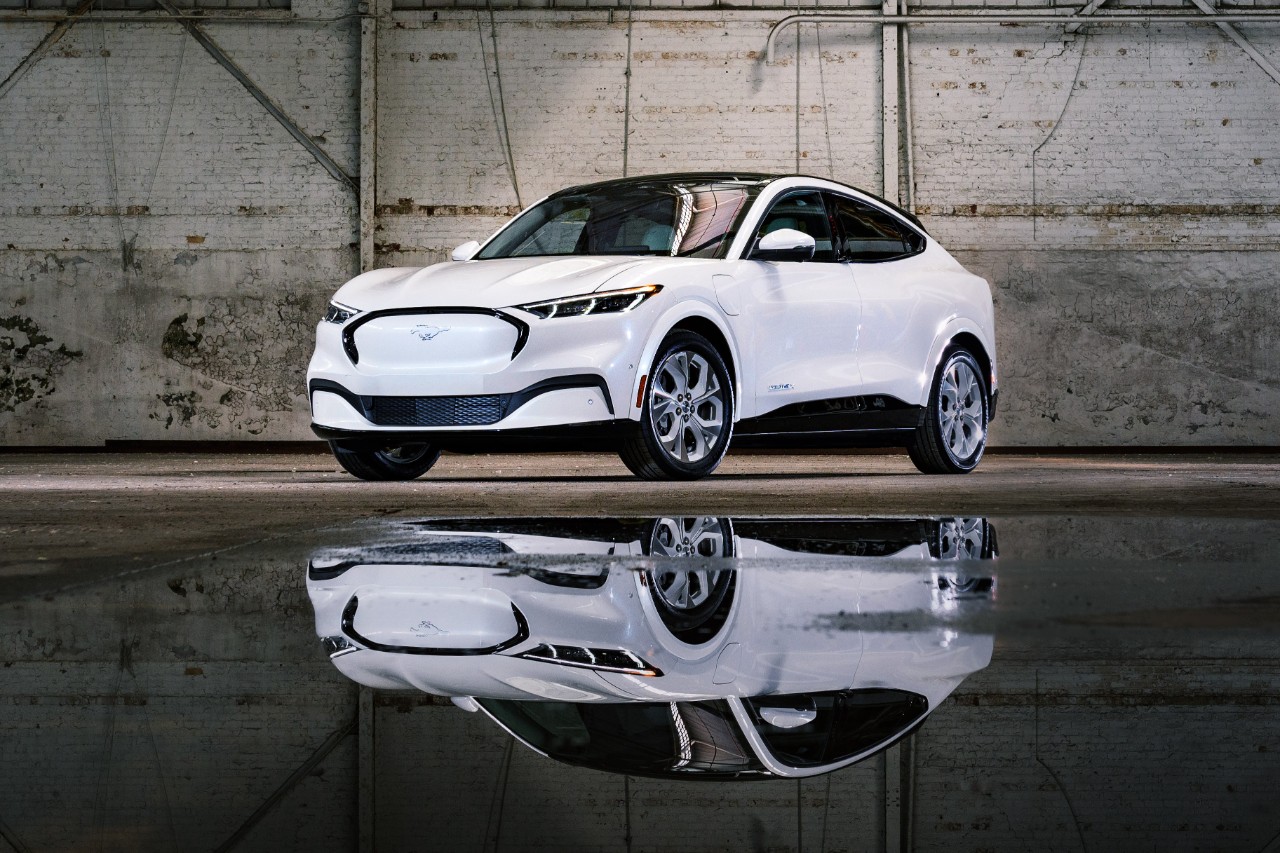The bulk of last week's plunge in auto stocks was driven by fears about the impact of steel and aluminum tariffs on U.S. automakers, but big sales declines at Ford Motor (F 1.00%) and General Motors (GM 2.42%) also contributed to the downdraft.
However, while domestic deliveries fell by about 7% year over year at both auto giants, pricing improved. Furthermore, February is seasonally one of the slowest months for auto sales, making a modest industry sales decline less concerning from a full-year perspective.
Headline sales numbers decline -- retail sales fall faster
Ford's U.S. deliveries fell 6.9% year over year in February, reaching 194,132 units. Retail sales dropped 8.5%, accounting for the bulk of the decrease, while fleet sales slipped 3.8% year over year. As has been the case for most of the past year, Ford leaned hard on its popular F-Series trucks to support sales during February. Total F-Series deliveries in the U.S. rose 3.5% to 68,243 units last month, reaching 35% of the sales mix.
GM also reported a 6.9% decline in its U.S. deliveries for the month of February. It had an even sharper divergence between fleet sales and the retail market. Retail sales plunged 10.5%, offset by a 7% increase in fleet sales. Many of GM's recently redesigned models posted double-digit sales gains, but otherwise, the sales weakness was broad-based.

The Chevy Traverse was one of the few GM models to log strong February sales. Image source: General Motors.
There are simple explanations
Most automakers expect that U.S. auto sales will decline modestly -- perhaps around 2% year over year -- in 2018. On a year-to-date basis, GM's U.S. deliveries are down 3.2%, which isn't very concerning in the context of the full-year forecast.
Ford's situation is less pleasant, with deliveries down 6.8% year to date. However, you only have to go back to December to find a year-over-year sales increase. Moreover, Ford delivered 242,049 vehicles in December 2017 -- 36% ahead of the average for the first two months of 2018.
Tough comparisons also likely contributed to the auto industry's weak February sales results. On a seasonally adjusted basis, February 2017 deliveries came in well ahead of the full-year pace.
Most importantly, lower incentive spending probably had a big impact on retail sales last month. For the industry as a whole, incentive spending declined by $65 per vehicle, according to Ford executive Mark LaNeve. Ford reduced incentives by $80, while driving a remarkable $2,100 increase in average transaction prices (ATPs), boosted by strong demand for its F-Series trucks and the recently redesigned Ford Expedition and Lincoln Navigator SUVs.
Meanwhile, GM reduced incentive spending by more than $500 per vehicle, according to the company. This explains its sharp decline in retail deliveries, particularly for the older models that typically need bigger discounts to attract customers. Presumably, GM plans to ramp up incentive spending to drive volume sometime later in the year. February ATPs increased by roughly $750.
Everything will be OK if the right products are there
Considering its big reduction in incentive spending and the tough year-over-year comparison, GM actually had a solid sales month in February. This can be traced directly to its strong product portfolio, which includes lots of fresh products in the popular crossover space.
Ford has been struggling by comparison, because it has a more limited lineup of crossovers, SUVs, and trucks. However, it is already addressing this deficiency. The all-new Ford Expedition and Lincoln Navigator full-size SUVs are selling extremely well, and Ford is working hard to boost output so that it can increase sales. Additionally, it added an option at the low end of the crossover spectrum in January, launching U.S. sales of the Ford EcoSport.
Looking ahead to the remainder of 2018 and 2019, Ford will continue its new-product offensive by reintroducing the Ford Ranger and Ford Bronco nameplates. It will also update several of its other high-volume products. General Motors isn't resting on its laurels, either: It will release all-new versions of its hugely profitable full-size truck and SUV models over the next two years.
As long as these new products are well-received by customers, GM and Ford should enjoy a favorable combination of sales volume and price integrity for the foreseeable future.







